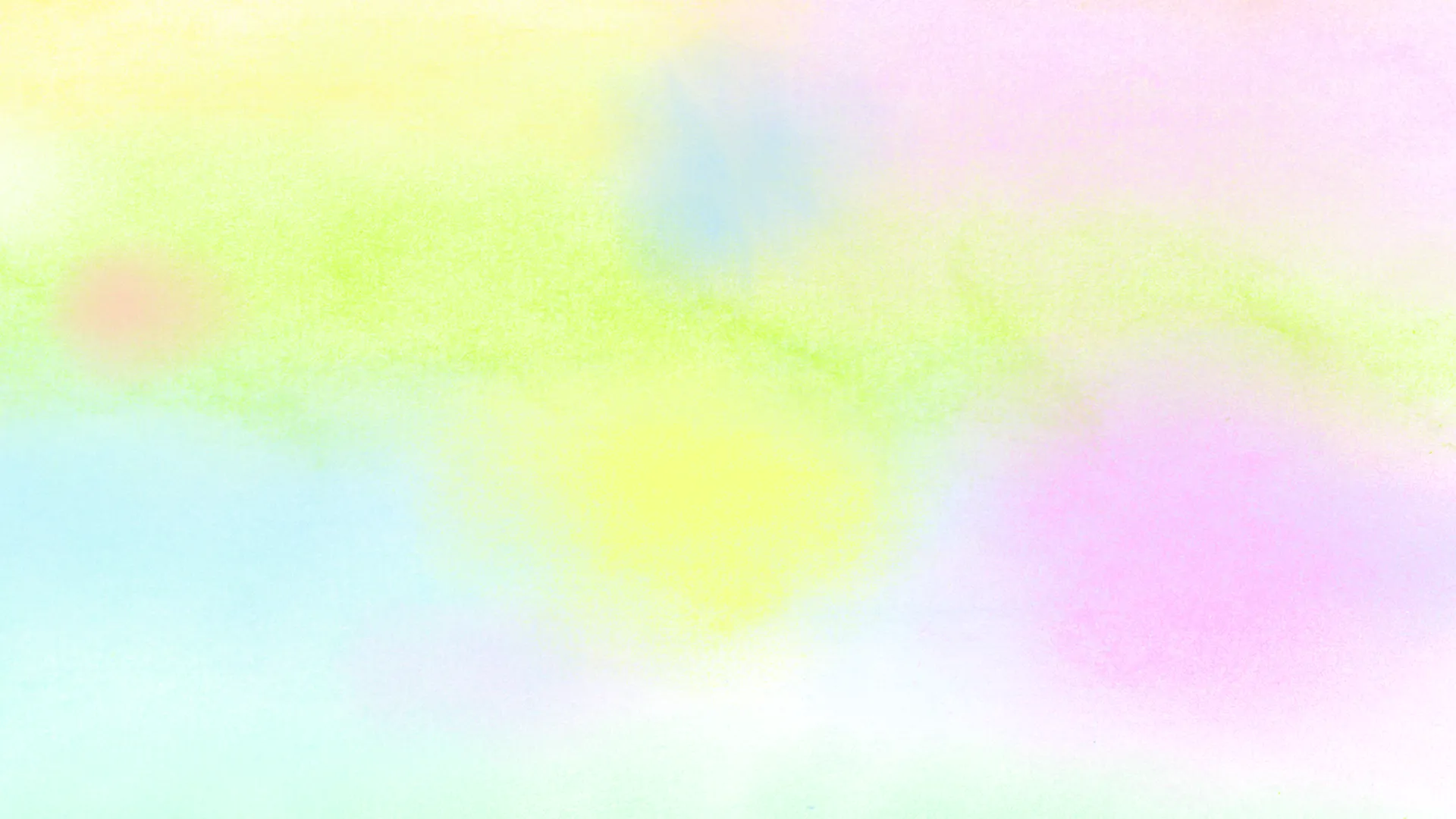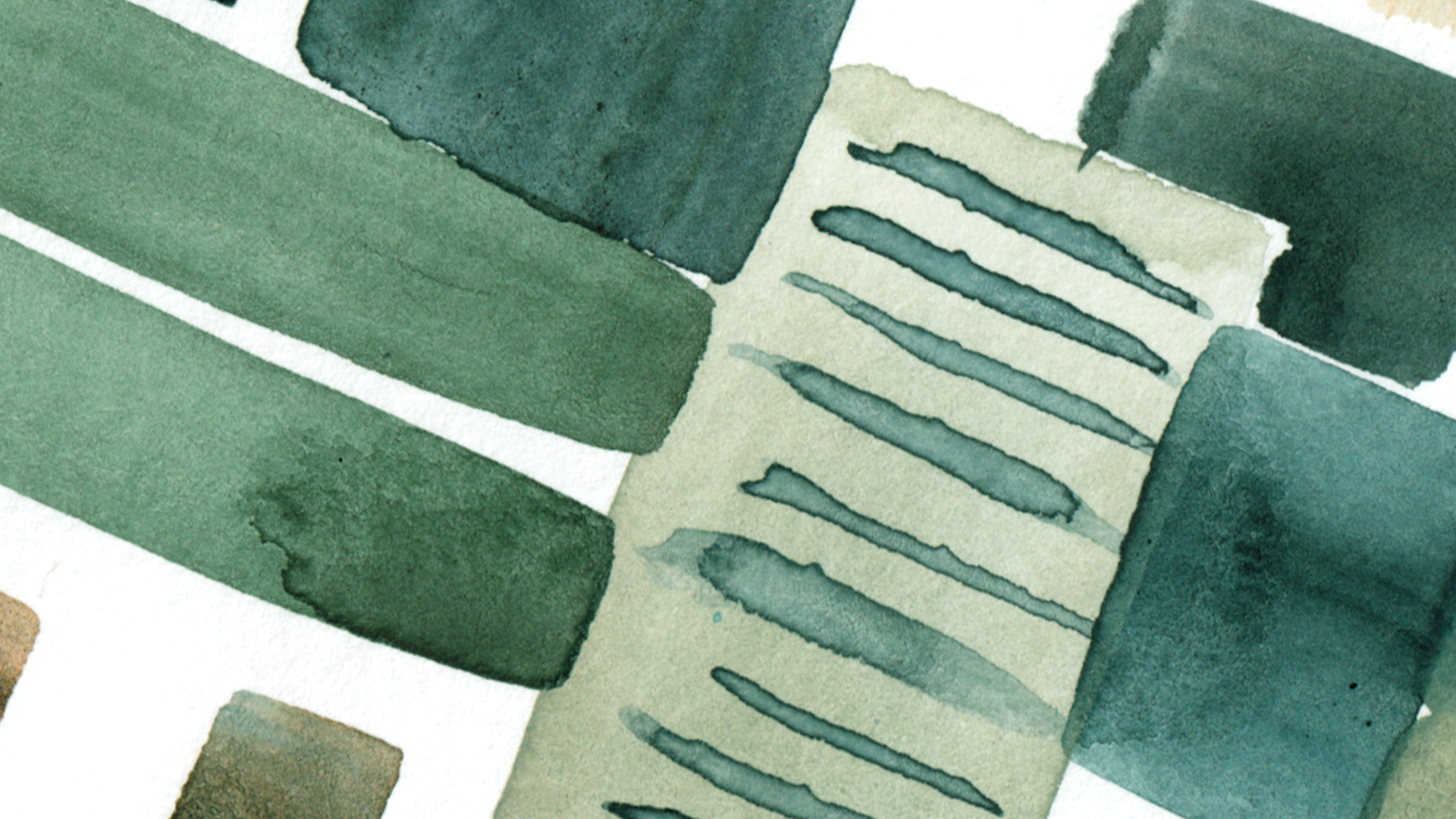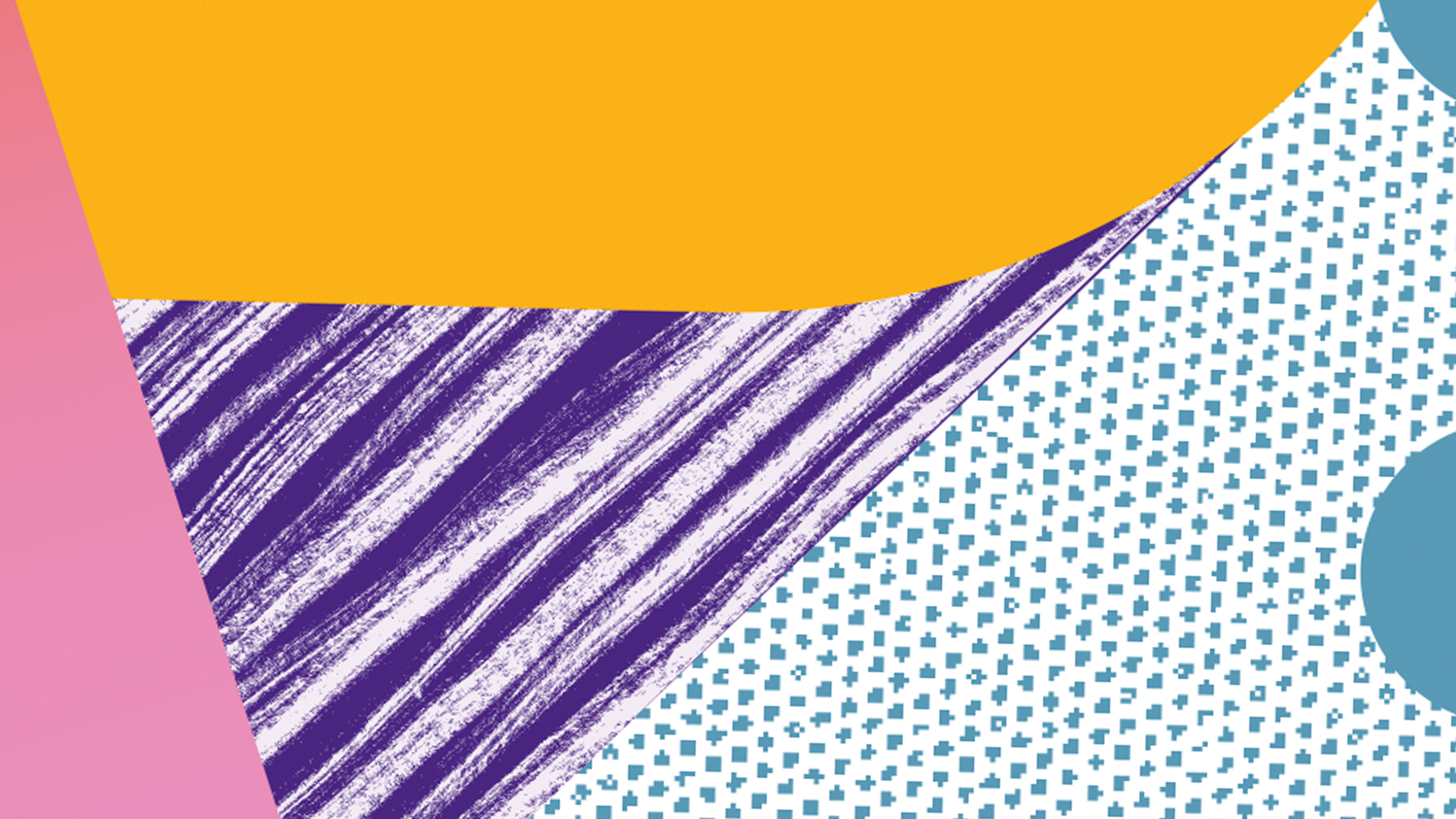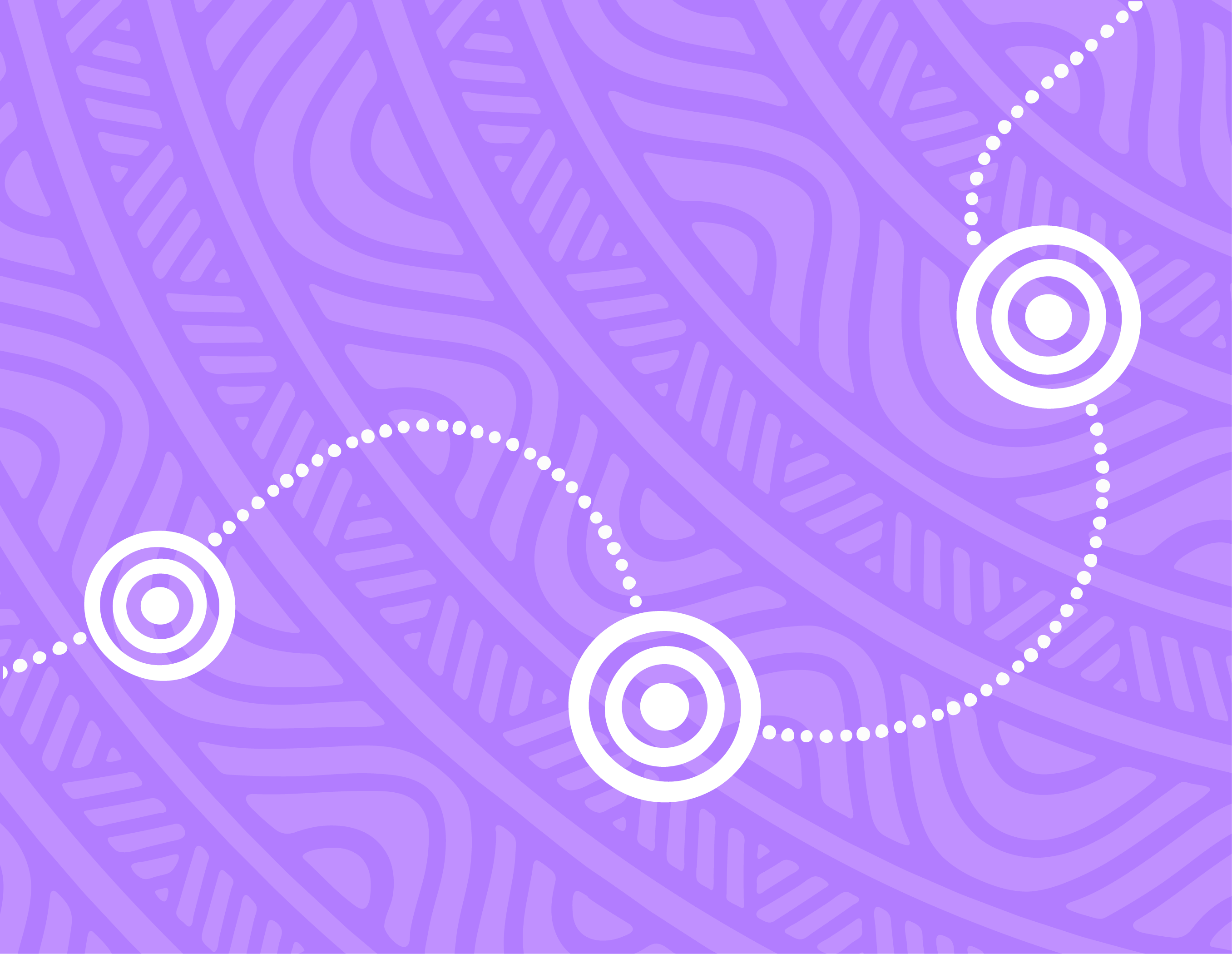Breadcrumb
The Arts and Disability Associated Plan: supporting accessible workplaces
In 2024, the Australian Government committed to a four-year plan to improve equity in cultural and creative life for d/Deaf and disabled artists and arts workers, and audiences with disability.
- Learn more about Equity: the Arts and Disability Associated Plan
Equity: the Arts and Disability Associated Plan (the Plan) was developed in consultation with artists and arts workers with disability and arts and disability organisations across Australia, and will be delivered by:
- Creative Australia — with particular input from us at Creative Workplaces and First Nations Arts
- the Office for the Arts
- in consultation with Screen Australia — to ensure that the needs and priorities of the screen and digital games sector are reflected.
Critically, the work will also be guided by an Implementation Advisory Group made up of d/Deaf or disabled artists and arts workers with lived experience of the working in the arts, screen, digital games and/or cultural sectors.
- Learn more about the Implementation Advisory Group
A note about language
The language of disability
What we have learned from the development of Equity: the Arts and Disability Associated Plan
Creative Workplaces acknowledges that some language that is used to describe people with disability can further entrench ableism in our communities. All governments, and the Australian arts and cultural community, can create more safety and inclusion by making time to understand and respect individual preferences.
We understand that many people with disability in the arts and cultural sector prefer to use identity-first language to describe themselves. However, language is always evolving and personal choices change over time. Some people may prefer person-first or different language to describe their experiences, or may not identify as a person with disability but rather as part of a cultural group.
We recognise that there is no one term that suits everyone.
To reflect and respect the feedback that the Office for the Arts and Creative Australia received through stakeholder consultations on different language preferences, we will use:
- identity-first language when referring to d/Deaf and disabled artists and arts workers
- person-first language when talking about disability for audiences and people in the wider community.
The diversity of people with disability
What we have learned from the development of Equity: the Arts and Disability Associated Plan
We recognise that disability can be visible or non-visible, and that globally, it is estimated that around 80 per cent of disabilities are non-visible.
We recognise the diversity of people with disability across Australia and understand that, based on their individual lived experiences, they may encounter multiple barriers to access and inclusion in everyday life, including the arts, and that these barriers can interact and overlap to make inequities worse. These can include ableism, racism and other forms of prejudice based on gender, sexuality, age, religion, cultural and linguistic diversity, and other kinds of identity. This is known as intersectionality.
We recognise that 59 percent of d/Deaf and disabled artists are women, and that women with disability, including First Nations women and those from a range of diverse and intersectional backgrounds, are particularly vulnerable to multiple forms of discrimination which can actively limit equity in arts and cultural education, participation, career opportunities and leadership progression.
More in this section:
Disability and workplace discrimination
Disability discrimination occurs when a person is treated less favourably, or not given the same opportunities as others in a similar situation because of their disability. It can be direct or indirect. There are laws that apply to both paid and unpaid workers.
Reasonable adjustments
Reasonable adjustments are changes to work processes, practices or environments, to ensure workers with disability can perform their job, free from barriers.
National Arts and Disability Code of Practice
Coming soon, a new National Arts and Disability Code of Practice and/or appropriate Guidelines will set access and representation expectations for the arts, cultural, screen and digital games sectors.





